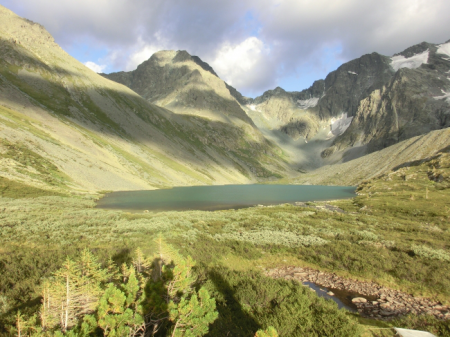

The Russian Union of Travel Industry (RUTI) proposed creating a unified federal base of photographs and videos (photo database) for all popular tourism destinations in the country for the tourism business. EcoTourism EXPERT figured out whether such an initiative is realistic, and asked an expert about the pitfalls of implementing it.
According to the RUTI, the problem appeared a long time ago. It is connected with the fact that a number of photo hosting sites and services left the Russian market; the industry representatives could purchase photographs as objects of intellectual property from these photo hosting sites and services or use these images free of charge to illustrate their tourism products.
As stated in the Russian Union of Tourism Industry’s letter to the Minister of Economic Development Maxim Reshetnikov, in the current situation, they have to use photographs that are in the public domain.
The RUTI notes that another problem arises immediately. Since it is quite difficult to determine the authorship of some images, unscrupulous lawyers take advantage of this, allegedly protecting еру copyrights. Formally, they are right, since the image of the Rostov Kremlin, for example, is used without the permission of the author of this photo. However, by and large, the practice of asserting the claims for the protection of exclusive rights ultimately protects not the interests of photographers, but the ‘pockets’ of those who asserts these claims.
According to the Russian Union of Travel Industry, it is the official photobank that can help solve this problem. At the same time, the industry experts say that the photo database will not be an ordinary photobank. It is assumed that the photographs and videos should demonstrate all popular tourism destinations in Russia and also present them in accordance with the ratings of visiting the places. In this case, photographs should reflect not only large-scale tourism anchors but also small ones, including, for example, monuments and objects of federal and regional significance, museums, and etc.
The photo database’s content must be regularly supplemented and updated. And if any image is not in it, its users should be able to order the photo.
According to the RUTI’s experts, it is also necessary to provide a technical ability for users to rate the photos by region and determine the best subjects based on the level of the content provided. And tour operators and travel agents who are in the relevant federal registers must have access to the photo database.
It is clear that this kind of initiative requires funding, and the Russian Union of Tourism Industry believes that it is possible at the expense of federal and, may be, partly regional budgets.
Meanwhile, funding for the tourism industry for 2024 is less than it was for 2023 as 43.4 bn rubles have been allocated for the development of tourism. It is assumed that legislators can adopt 5-6 laws on tourism, including, for example, the bill on guest houses that was approved in the first reading, and its adoption will allow some accommodation facilities to be removed from the ‘gray’ zone. A bill on national trails aimed at consolidating the national system of hiking trails and determining the principles and rules for the creation of tourist infrastructure for each tourist route is among them as well as a bill on tourist guides and instructors.
The legislators’ plans do not include a photo database, and the initiative itself raises many questions, says Sergey Pozdnyakov, one of the founders of the National Association of Event Tourism Specialists.
